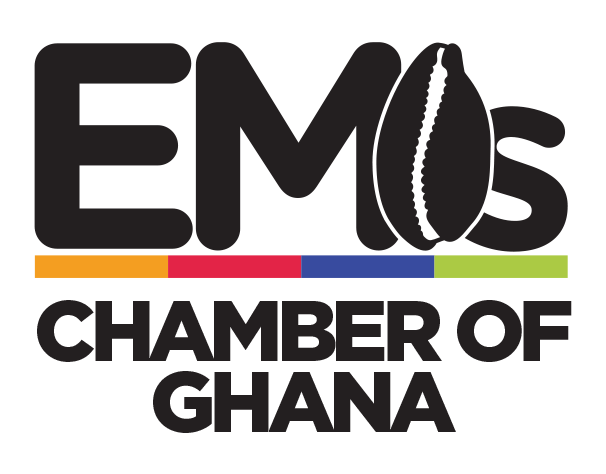Open-access fibre infrastructure and connectivity provider Dark Fibre Africa (DFA) has invested more than R800 million to upgrade and future-proof its national fibre network.
Part of the Maziv group, DFA’s network provides connectivity and backhaul for mobile operators, data centres, Internet service providers, and public sector institutions.
“We have improved the average number of new circuits delivered from 800 to 1,500 per month,” says Andreas Uys, chief technology officer at Maziv.
“In one month, we delivered nearly 2,000 new connections — a new record for us. We’re also enabling higher line speeds and increasing available capacity to meet the changing needs of our customers.”
Uys added that the operator is focused on reducing delivery times while maintaining high-quality service.
“Our target this year is to deliver up to 2,500 connections per month,” he said.
“We could potentially deliver fibre connectivity to buildings already on our network within 14 days, and to non-connected buildings within 55 days.”
DFA noted that the latest investment follows its R400-million Dry Underground Distribution Cabinet network enhancement project launched in 2023.
That project focused on stabilising and future-proofing DFA’s network infrastructure. DFA notes that the investment is already delivering measurable results.
This includes a 40% improvement in new circuit delivery times and a 100% improvement in the meantime to repair (MTTR), where the new architecture is operational.
According to Maziv’s chief operating officer, Dewald Booysen, DFA has been focused on improving its customer experience since late 2022, when it received complaints about network instability and slower service delivery.
“We’ve worked tirelessly to address these challenges,” he said. “Our network upgrades have vastly improved resilience and diversity in the network.”
“We still maintained a national uptime of over 99.5%, even during high-incident periods. Currently, we’re performing at an exceptional 99.99% uptime.”
Booysen also noted the improvement in MTTR. He said the 100% improvement had come despite challenges like third-party construction damage, vandalism, copper theft, severe whether, and other environmental factors more than doubling in the past two years.
“We are seeing consistent and predictable improvements month on month,” said Booysen.
He added that DFA’s service challenges were primarily in Gauteng, not the entire country.
“Of the 15,000 kilometres of fibre, about 40% of that infrastructure is in Gauteng, where we experienced the bulk of our challenges, which is just under 5,000 kilometres of fibre,” he said.
Source: extensia.tech





